Youngstown Sheet and Tube Company Housing - Blackburn Plat
Introduction
Text-to-speech Audio
Images
Architectural drawing by Conzelman, Herding and Boyd (Source: Harvard Art Museums)
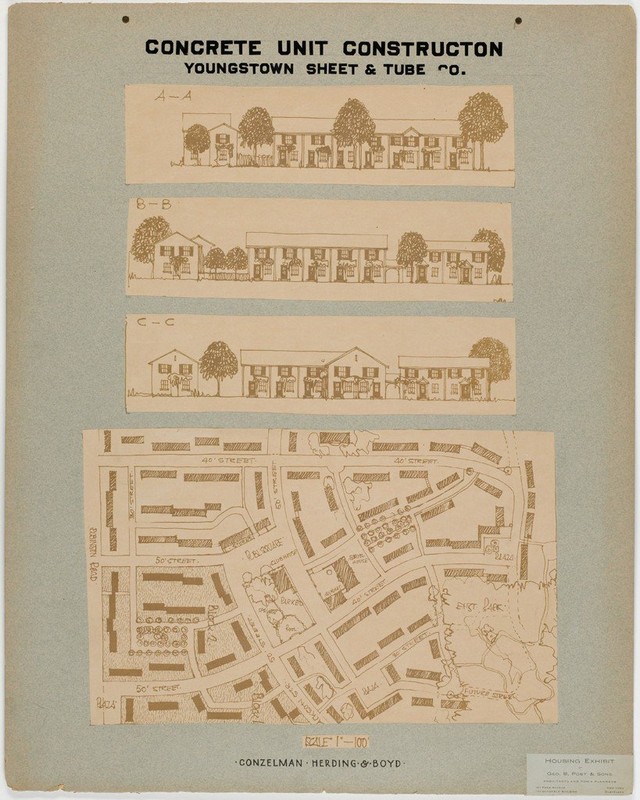
The Blackburn Plat can be seen in the top right corner in this section of a c. 1919 map showing the various housing developments of the Buckeye Land Company in relation to the Youngstown Sheet and Tube Company campus. (Source: Ohio Memory)
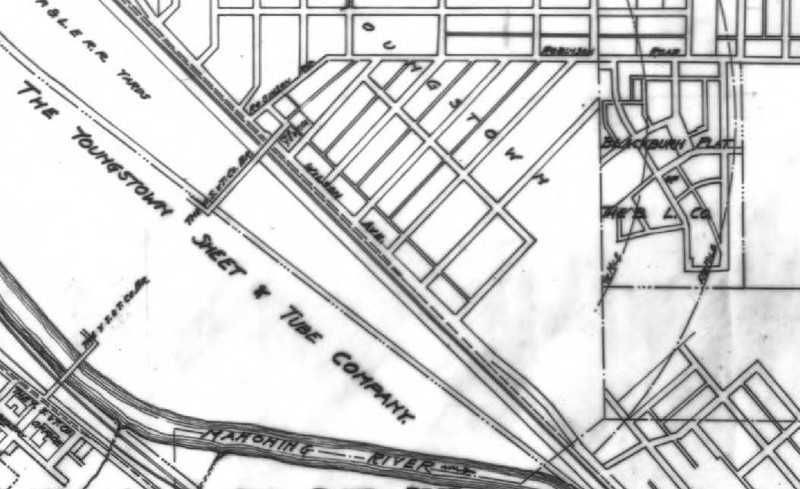
The houses were constructed from precast concrete slabs. (Source: Engineering News-Record)
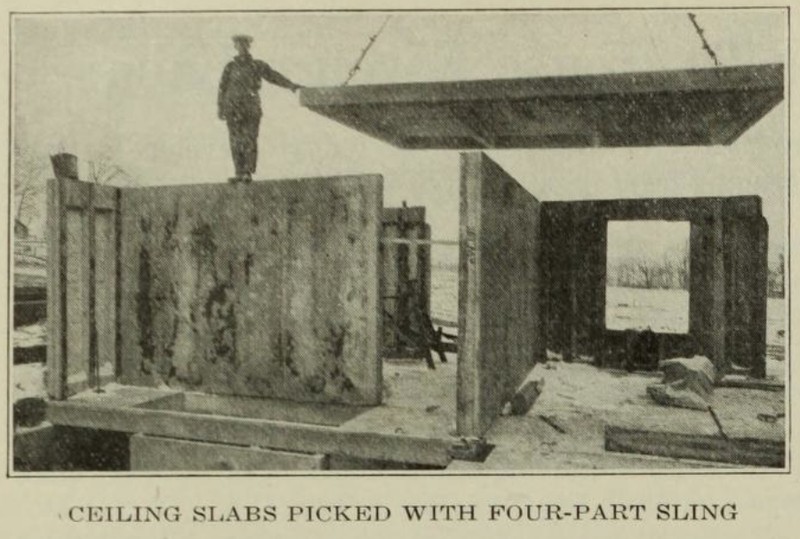
An advertisement for Blackburn Plat (Campbell) housing specifies the housing was for white employees. The section for African American steelworkers was "naturally segregated" with a separate entrance. (Source: Urban Ohio)
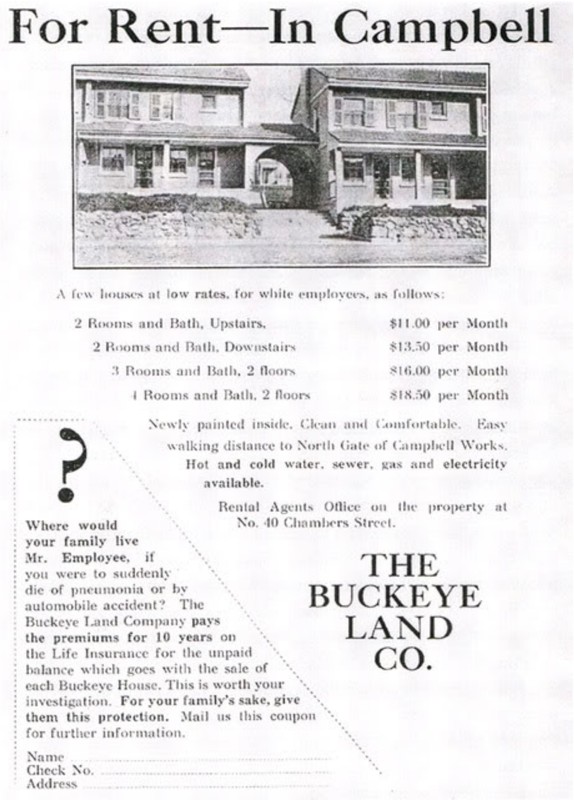
Blackburn Plat housing under construction. (Source: Ohio Memory)
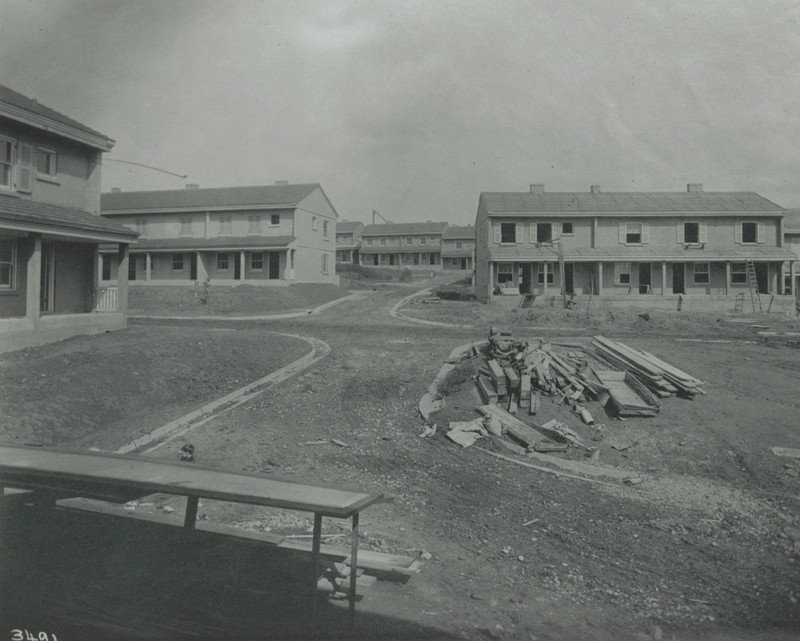
Housing in the Blackburn Plat was created for "foreign-born" and African American workers. (Source: Ohio Memory)
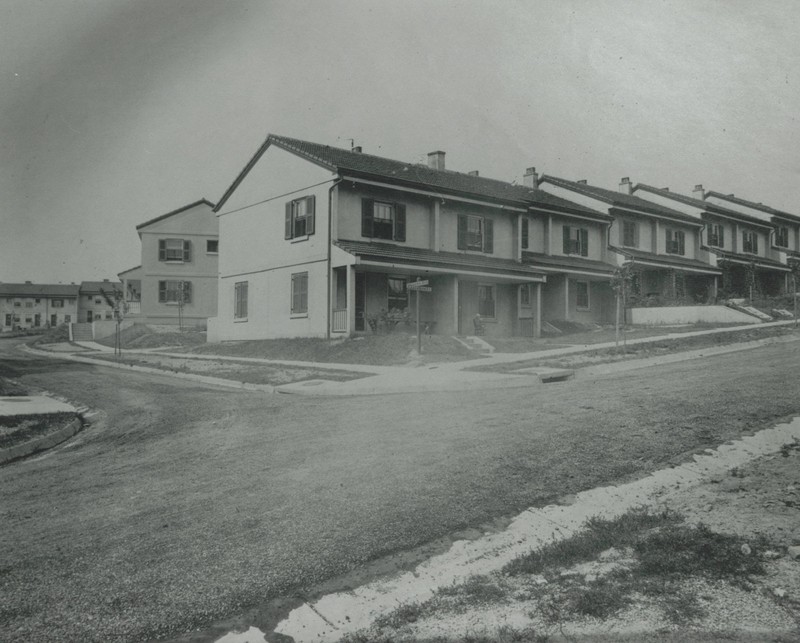
Finished units in the Blackburn Plat similar to those featured in the advertisement. (Source: Ohio Memory)
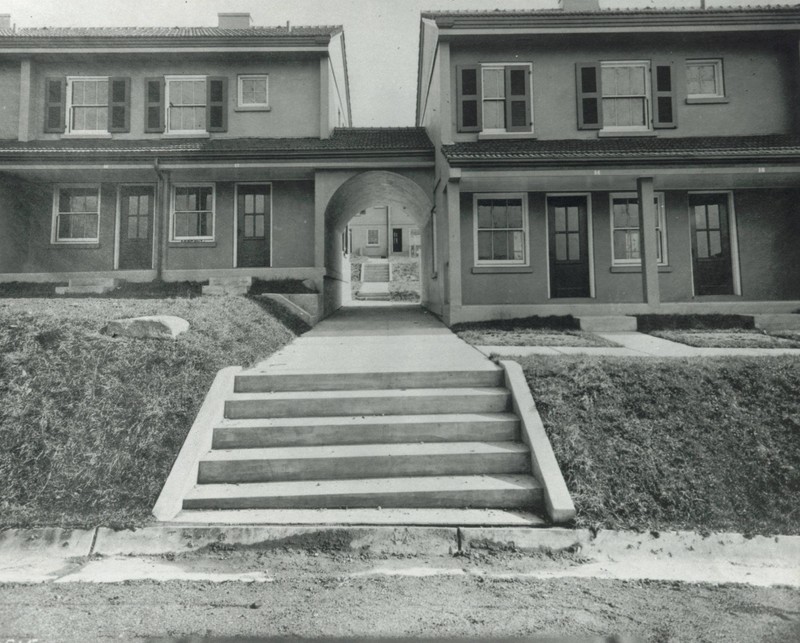
In the decades after "Black Monday," many houses in the Blackburn Plat was abandoned and vandalized. (Source: Kaeleigh Herstad/Rustbelt Anthro)
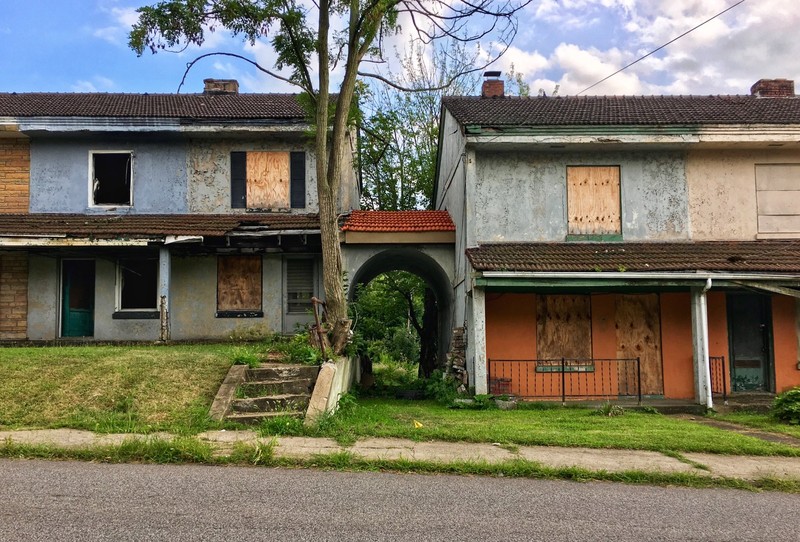
The National Historic Site marker notes the Blackburn Plat was the "first pre-fab concrete estate in the world." The site was put on the Endangered list in 2011. (Source: Kaeleigh Herstad/Rustbelt Anthro)
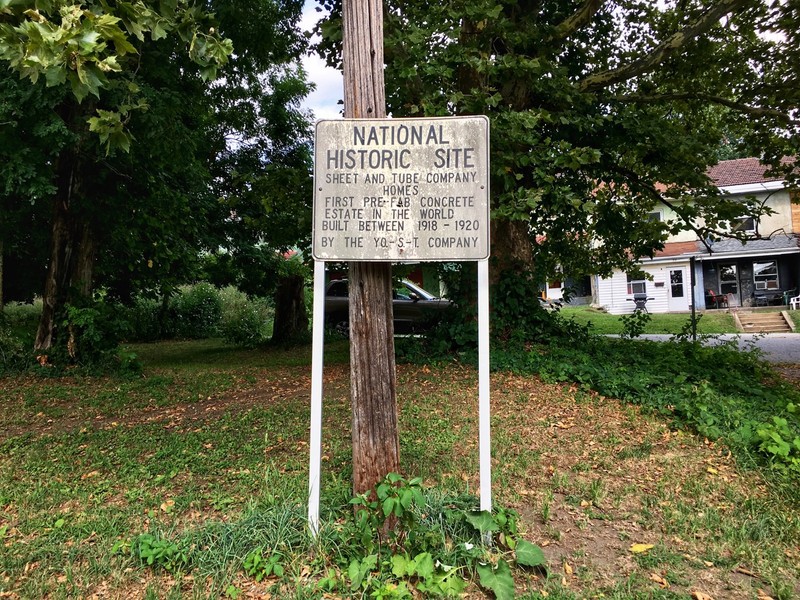
Backstory and Context
Text-to-speech Audio
Sources
Herding, F. J. "Workingmen's Colony, East Youngstown." The American Architect 114, no. 2232 (October 2, 1918): 383-398.
Herstad, Kaeleigh. '“The Workingmen’s Colony”: Labor Conflict and Historic Preservation in Campbell, Ohio.' Rustbelt Anthro (blog), October 8, 2018, https://kaeleighherstad.com/2018/10/08/the-workingmens-colony-labor-conflict-and-historic-preservation-in-campbell-ohio/.
Rogers, Rebecca M. "Youngstown Sheet and Tube Company Housing." SAH Archipedia. Accessed June 11, 2019. https://sah-archipedia.org/buildings/OH-01-099-0064
"Unit-Built Concrete Cottages to House Foreign Labor." Engineering News-Record 80, no. 15 (April 11, 1918): 695-698.
